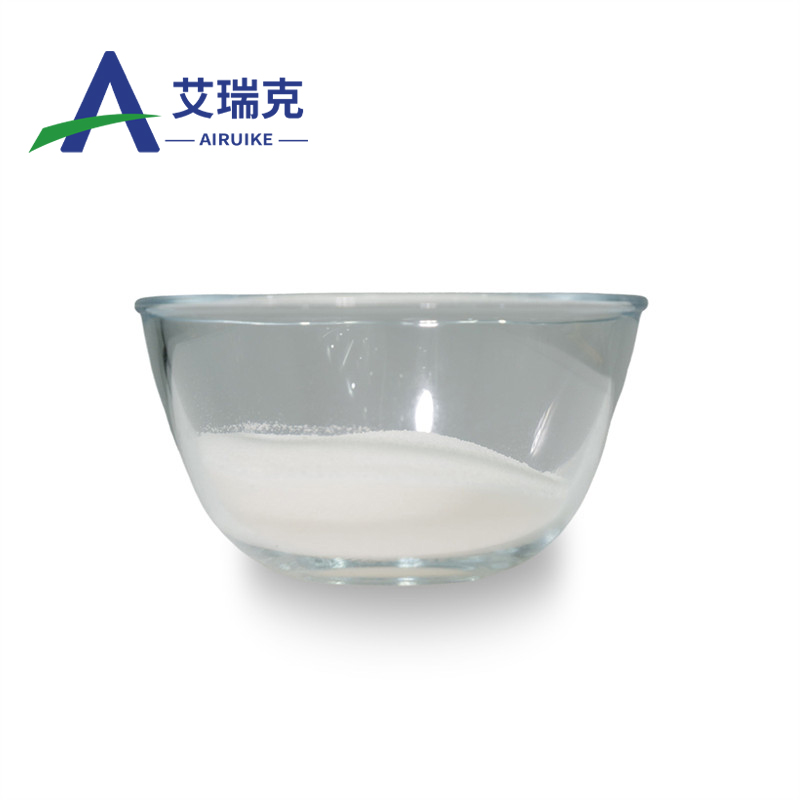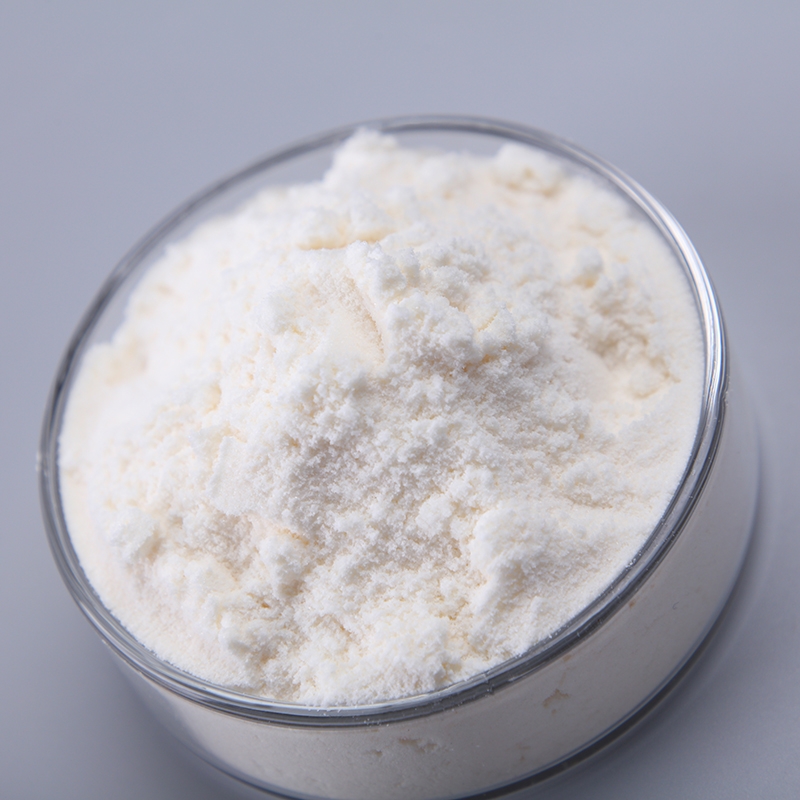-
Categories
-
Pharmaceutical Intermediates
-
Active Pharmaceutical Ingredients
-
Food Additives
- Industrial Coatings
- Agrochemicals
- Dyes and Pigments
- Surfactant
- Flavors and Fragrances
- Chemical Reagents
- Catalyst and Auxiliary
- Natural Products
- Inorganic Chemistry
-
Organic Chemistry
-
Biochemical Engineering
- Analytical Chemistry
-
Cosmetic Ingredient
- Water Treatment Chemical
-
Pharmaceutical Intermediates
Promotion
ECHEMI Mall
Wholesale
Weekly Price
Exhibition
News
-
Trade Service
Parkinson's disease (PD) is the fastest-growing neurological disease in the world, and it is also the cause of dopamine deficiency that affects the substantia nigra striatum system and the mesolimbic pathway
.
Deep brain stimulation (DBS) of the subthalamic nucleus (STN) has become an effective therapy
It is found that there is a relationship between changes in brain metabolism in the marginal area and postoperative weight gain
This article was published in " Journal of Neurology, Neurosurgery & Psychiatry " ( Journal of Neurology, Neurosurgery & Psychiatry ) This article was published in " Journal of Neurology, Neurosurgery & Psychiatry " ( Journal of Neurology, Neurosurgery & Psychiatry ) This article was published in theJournal of Neurology, Neurosurgery & Psychiatry(Journal of Neurology, Neurosurgery & Psychiatry)
Recruited 21 clinical non-dementia patients and 19 healthy controls who were diagnosed with idiopathic PD according to the clinical diagnostic criteria of the Movement Disorder Association
.
Perform stereotactic bilateral DBS electrode implantation
Diagnosis , corresponding to the respective task conditions: (1) sweet food image (high calorie), (2) salty food image (high calorie) and (3) neutral image
Schematic diagram of fMRI and whole brain analysis results
STN DBS resulted in an average improvement of 22.
6%±15.
5% in motor function and a weight gain of approximately 4 kg within 2 years of stimulation
.
DBS-induced changes in the connectivity between food and non-food show the left putamen nucleus, right occipital cortex, left amygdala, right occipital cortex, bilateral occipital cortex, bilateral insula, and left FC Lower
Electrode positioning
The group comparison of the spatial whole brain map shows different activation patterns in brain regions important for food cues processing during DBS ON
.
The results show that the processing of food cues in brain regions is enhanced, which are important for the encoding of complex images, personal experience, attention, long-term memory, and emotional processing during active stimulation
The FC of insula and SMG increased during active DBS, but was lower in healthy control subjects
SteinhardtJ ,HanssenH ,HeldmannM SteinhardtJSteinhardt HanssenHHanssen HeldmannMHeldmann, et alSweets for my sweet: modulation of the limbic system drives salience for sweet foods after deep brain stimulation in Parkinson's diseaseJournal of Neurology, Neurosurgery & PsychiatryPublished Online First:15 December 2021.
Leave a message here







